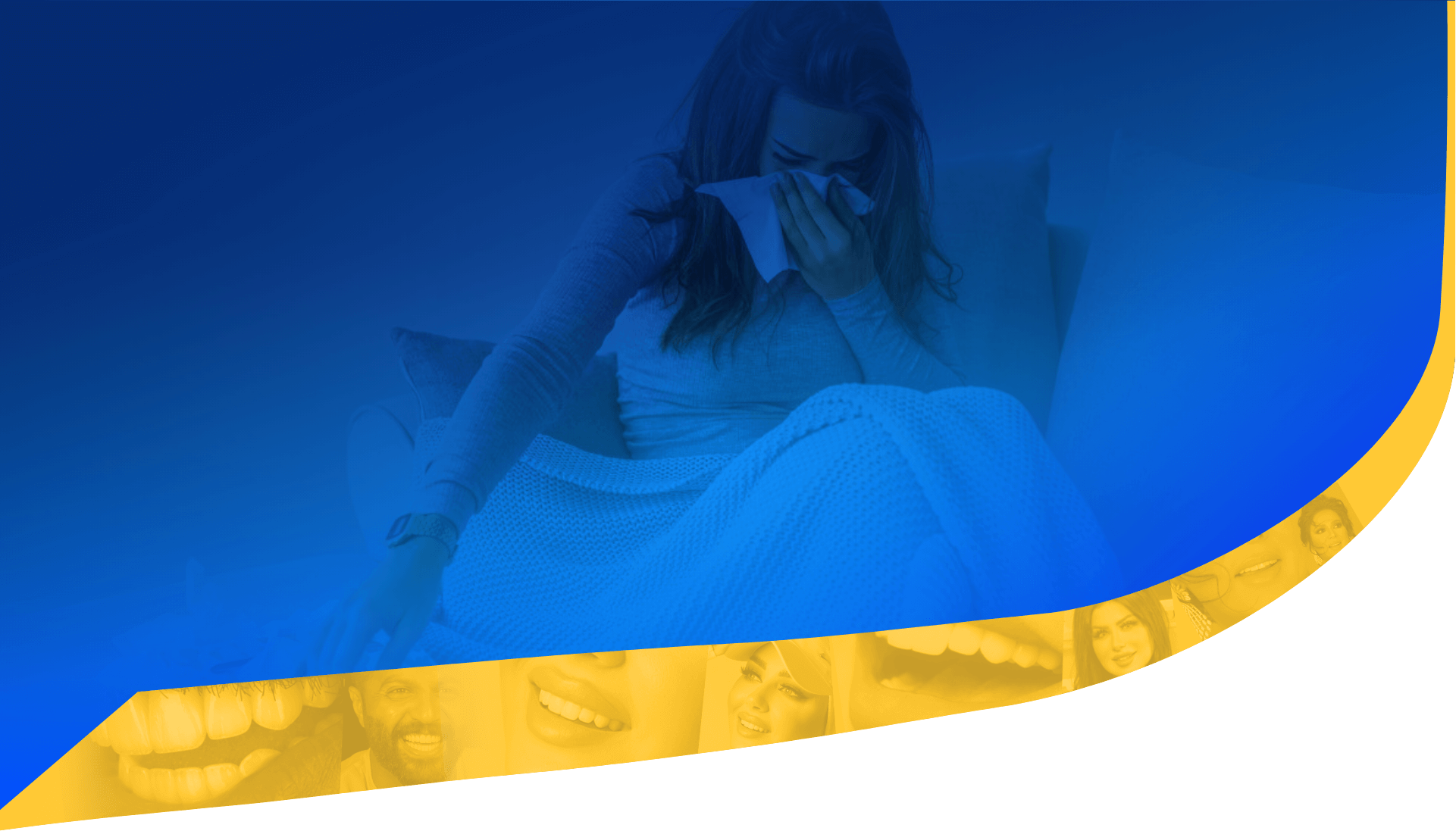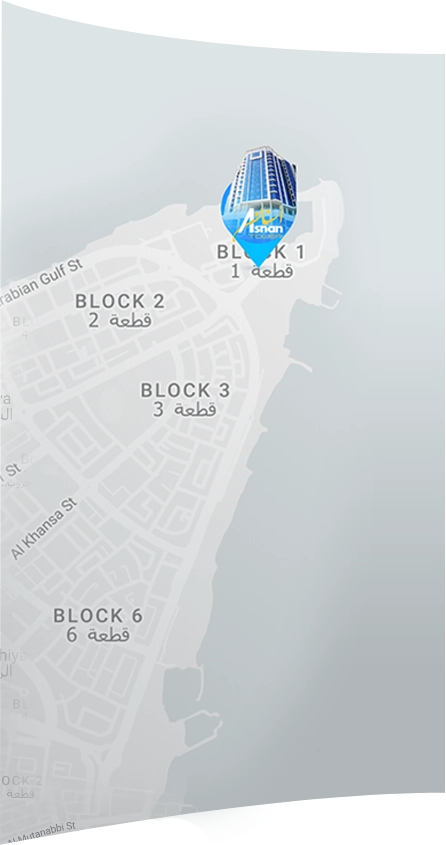Jaw Joint Pain

The jaw joint is the point or area where the lower jaw meets the skull bone, which is located directly in front of your ears on either side of your head. These joints are flexible to make it easier for the jaw to move down, up, right and left to enable you to talk, chew and yawn. The muscles that are connected and surrounding the jaw joints control the position and movement of the jaw.
-
1What treatments are used to treat jaw joint pain?
Treatment methods used to remove or relieve jaw joint pain range from healthy habits or practices performed by the patient himself or the patient may require protective treatments, needles or oral or facial surgery. Most experts agree that treatment of jaw joint pain should start with non-surgical methods so that surgery is the last resort of your doctor.
What can I do to reduce jaw joint pain?
There are many things to reduce jaw joint pain. Often following the following guidelines can stop the pain once and for all:
- Use warm or cold compresses: Apply ice packs to the side of your face and jaw that hurts for 10 minutes. Take exercises to stretch your jaw muscles (guided by your dentist or body therapist) after exercise, place a warm towel or cloth on the side of your face that hurts for 5 minutes a day
- Eat soft foods: such as labneh, mashed potatoes, soup, boiled eggs, fish, cooked fruit or vegetables, legumes and cereals.
- Cut the food into small pieces: to reduce the chewing time needed to break the food in the mouth. Avoid eating harsh, breakable or grinding foods (such as uncooked biscuits or carrots).
- Avoid opening the mouth completely: You should yawn or chew gently and cautiously (especially gum or ice) and limit the movement of the jaw, for example, while screaming or singing. Avoid large foods that need to open your mouth wide.
- Don't stick your chin on your hand: don't hold the phone between your neck and ear and use a proper posture to reduce neck and face pain
- Wear a dental condom while sleeping: The condom is a plastic piece placed on the upper row of the teeth. It prevents the upper and lower tooth drains from sticking together, thereby reducing the effects of grinding teeth during sleep.
- Try to keep your jaws (upper and lower) away from each other to relieve the pressure on the jaw. If you can't try to put your tongue between your teeth because it will help you control the grinding of your teeth during your day while you are awake.
- Try to relax your jaw muscles: Consult your doctor about how much you need a massage or facial. You should also take into account the treatment used to reduce stress and ones - Biofeedback.
- Taking analgesics: to relieve pain and swelling. Try anti-inflammatory medications such as aspirin, ibuprofen (Profen, Advil, Morton, Alvin) that you can buy from pharmacies without the need for prescriptions. Your doctor may prescribe larger doses of other medications such as narcotic analgesics. Or maybe he'll prescribe some medications to relax your jaw and face muscles, especially for people who grind their teeth as they relax your jaw muscles. It can also call for anti-anxiety and stress medications that help relieve stress, which sometimes exacerbates the problem of jaw joint pain. In addition to antidepressants that are also used in small quantities and which work to reduce the pain of the jaw joints. These medications (relaxing jaw muscles, anti-anxiety, stress and antidepressants) can only be used by prescription.
-
2What causes joint pain?
The causes of joint pain are still unknown, but dentists believe that these pains are caused by the exposure of the jaw muscles or parts of the jaw joints themselves to certain health problems.
Causes of jaw joint pain include:
- Jaw trauma
- Wounds or diseases of the jaw joints
- Wounds or tears of the muscles of the face and neck.
Other causes of joint pain include:
- Grinding or pressing teeth tightly, which in turn generates significant pressure on the jaw joints
- Sliding disc jaw joint (which makes noises)
- Inflammation of the jaw joints
- Psychological pressures that make the patient tighten or press the muscles of his face and jaw or may push him to press his teeth tightly
-
3Orthodontics or dental repairs:
Undergo dental repair treatments:
- Filling the void caused by missing teeth
- Use the crown
- Use bridges or calendars to rebalance or level the bite.
If you've been following these tips for about a month and the pain hasn't decreased, check with your dentist or maxillofacial surgeon
Surgery:
Surgery is the last solution for the dentist after trying all the above basic or controversial treatment methods in case of continued pain in the jaw joints. Because surgery cannot fix its mistakes or avoid its side effects. So you need to take more than one opinion on this before you have the procedure. There are many jaw joint surgeries. The doctor determines the type of surgery used depending on the extent to which the jaw joints are injured. See your dentist for more information.
-
4What are the symptoms of jaw joint pain?
- You feel severe and severe pain or temporarily uncomfortable and may last for many years. Women experience jaw joint pain more than men, and infection rates range from 20 to 40 years old.
- Pain or weakness in the face, jaw joints, neck and shoulder, on or around the ear when chewing or speaking or when opening the mouth wide
Symptoms include:
- Inability to open the mouth wide
- Feeling obstructed when the mouth is closed or opened as a result of jaw damage
- Hearing crackling, sudden or disturbing sounds when the mouth is opened or closed (which may or may not be accompanied by pain)
- Feeling tired face
- Difficulty chewing or biting - such as the inconsistency of the upper tooth row with the lower tooth during biting or chewing.
- Swelling of one side of the face
- Some common symptoms such as: tooth aches, headache, neck pain, dizziness, ear pain or hearing problems.
-
5How can joint pain be diagnosed?
Since many conditions are similar to those of joint pain – such as dental pain, sinus problems, arthritis, or periodontal infections – your dentist will make sure to get your medical file and perform a thorough analytical examination to determine the causes and symptoms of the disease.
Your dentist's medical examination includes the following stages:
- Examination of jaw joints to determine the location of pain and weakness
- Hearing the crackling sounds during jaw movement
- Lose limited jaw movement either when opening or closing the mouth
- Check the function of the facial or bite muscles
- Use comprehensive X-rays of the face and jaw area. These comprehensive x-rays give the doctor the opportunity to see the jaw, jaw joints and teeth fully and then determine the causes of the disease.
Other types of image tests are used along with X-rays. As:
- MRI: Shows thin tissue as jaw joint tissue to make sure it is in its normal place when the jaw moves in any direction
- Computer-based topography - CT: which helps to show the exact details of the jaw bones.
Your dentist may decide to turn you into a specialist oral surgeon for further health care depending on your condition. This surgeon specializes in oral, facial and maxillofacial surgeries.
-
6What treatments are used to treat jaw joint pain?
Treatment methods used to remove or relieve jaw joint pain range from healthy habits or practices performed by the patient himself or the patient may require protective treatments, needles or oral or facial surgery. Most experts agree that treatment of jaw joint pain should start with non-surgical methods so that surgery is the last resort of your doctor.
What can I do to reduce jaw joint pain?
There are many things to reduce jaw joint pain. Often following the following guidelines can stop the pain once and for all:
- Use warm or cold compresses: Apply ice packs to the side of your face and jaw that hurts for 10 minutes. Take exercises to stretch your jaw muscles (guided by your dentist or body therapist) after exercise, place a warm towel or cloth on the side of your face that hurts for 5 minutes a day
- Eat soft foods: such as labneh, mashed potatoes, soup, boiled eggs, fish, cooked fruit or vegetables, legumes and cereals.
- Cut the food into small pieces: to reduce the chewing time needed to break the food in the mouth. Avoid eating harsh, breakable or grinding foods (such as uncooked biscuits or carrots).
- Avoid opening the mouth completely: You should yawn or chew gently and cautiously (especially gum or ice) and limit the movement of the jaw, for example, while screaming or singing. Avoid large foods that need to open your mouth wide.
- Don't stick your chin on your hand: don't hold the phone between your neck and ear and use a proper posture to reduce neck and face pain
- Wear a dental condom while sleeping: The condom is a plastic piece placed on the upper row of the teeth. It prevents the upper and lower tooth drains from sticking together, thereby reducing the effects of grinding teeth during sleep.
- Try to keep your jaws (upper and lower) away from each other to relieve the pressure on the jaw. If you can't try to put your tongue between your teeth because it will help you control the grinding of your teeth during your day while you are awake.
- Try to relax your jaw muscles: Consult your doctor about how much you need a massage or facial. You should also take into account the treatment used to reduce stress and ones - Biofeedback.
- Taking analgesics: to relieve pain and swelling. Try anti-inflammatory medications such as aspirin, ibuprofen (Profen, Advil, Morton, Alvin) that you can buy from pharmacies without the need for prescriptions. Your doctor may prescribe larger doses of other medications such as narcotic analgesics. Or maybe he'll prescribe some medications to relax your jaw and face muscles, especially for people who grind their teeth as they relax your jaw muscles. It can also call for anti-anxiety and stress medications that help relieve stress, which sometimes exacerbates the problem of jaw joint pain. In addition to antidepressants that are also used in small quantities and which work to reduce the pain of the jaw joints. These medications (relaxing jaw muscles, anti-anxiety, stress and antidepressants) can only be used by prescription.
-
7Orthodontics or dental repairs:
Undergo dental repair treatments:
- Filling the void caused by missing teeth
- Use the crown
- Use bridges or calendars to rebalance or level the bite.
If you've been following these tips for about a month and the pain hasn't decreased, check with your dentist or maxillofacial surgeon
Surgery:
Surgery is the last solution for the dentist after trying all the above basic or controversial treatment methods in case of continued pain in the jaw joints. Because surgery cannot fix its mistakes or avoid its side effects. So you need to take more than one opinion on this before you have the procedure. There are many jaw joint surgeries. The doctor determines the type of surgery used depending on the extent to which the jaw joints are injured. See your dentist for more information.




















comment